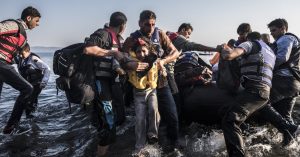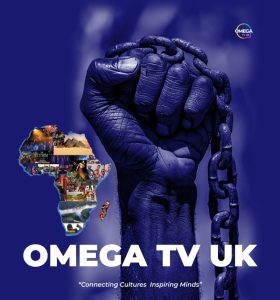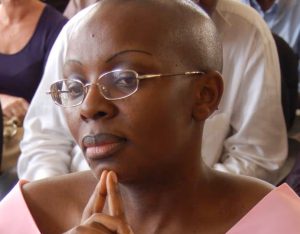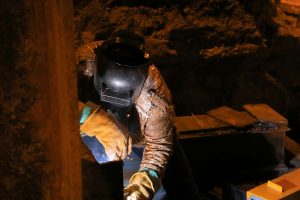A decade on, Lesbos still bears the scars of the refugee crisis
3 min read
Ten years on, Lesbos continues to reflect the heartbreak and resilience born from Europe’s refugee crisis.
A Decade Later, Lesbos Still Carries the Wounds of the Refugee Crisis
Lesbos at the Heart of Europe’s Migration Struggles
Ten years after the height of Europe’s refugee crisis, the Greek island of Lesbos continues to bear the emotional and physical impact of those desperate years. While time has passed, the memories of suffering, rescue, and loss remain deeply embedded in the island’s identity.
2015: When Lesbos Became a Gateway to Europe
In 2015, Lesbos was thrust into the global spotlight as tens of thousands of migrants and refugees arrived from war-ravaged countries such as Syria and Afghanistan. The journey from Turkey to the island, though short, was treacherous. Families were crammed into fragile dinghies that often capsized in the Aegean Sea, leading to thousands of deaths. Many victims were children.
The Sea That Gave and Took Lives
For the residents of Lesbos, the refugee crisis became deeply personal. Stratos Valamios, a fisherman who helped rescue many from the waters, recounted the emotional toll. “When you saved the mother and the baby drowned… And the mother would say, ‘Why did you save me and let my baby drown?’” he recalled. “Thousands have drowned.” His words reflect the haunting legacy left behind by a tragedy that changed the face of the island.
Survivors Who Stayed and Rebuilt
Among the survivors who made Lesbos their home is Soheib Shehk, a refugee from Pakistan. He arrived during the height of the crisis when borders across Europe were more open, but uncertainty forced him to stay. “Then the borders were open… but I didn’t know where to go, what to do, so I found a job and stayed,” Shehk said. Today, he creates bags from used life jackets — a symbolic and functional tribute to survival.
Transforming the Island’s Identity

Since 2015, significant changes have taken place. The infamous Moria refugee camp, which once held thousands in overcrowded and often unsanitary conditions, has been dismantled. Its closure marked a turning point. Now, tourists are returning to the island’s beaches and historical sites. The local government is eager to reframe Lesbos’ global image. “We want Lesbos to be talked about for its culture and history,” said Mytilene’s mayor, Panagiotis Christofas.
Reminders That the Crisis Never Truly Left
Despite efforts to move forward, evidence of the refugee crisis remains scattered across the island. New refugee camps, smaller and more controlled, still house migrants awaiting decisions on asylum. On the outskirts of town, simple graves mark the final resting place of those who died seeking safety — their names unknown, their stories unfinished.
Between Healing and Memory
For many on Lesbos, the process of healing is ongoing. Aid organizations continue to work with refugees, offering support and resources, while local residents balance compassion with fatigue. The collective experience has left lasting impressions—psychologically, socially, and politically. It has reshaped the island’s place in the world and deepened its role in the conversation around human displacement.
An Island That Carried the World’s Refugees
The story of Lesbos is more than a local or national narrative. It is a global one — about how borders, policies, and human lives intersect in moments of crisis. While the rest of the world may have moved on, Lesbos remains a living monument to the weight of those years, still marked by its humanitarian legacy.






